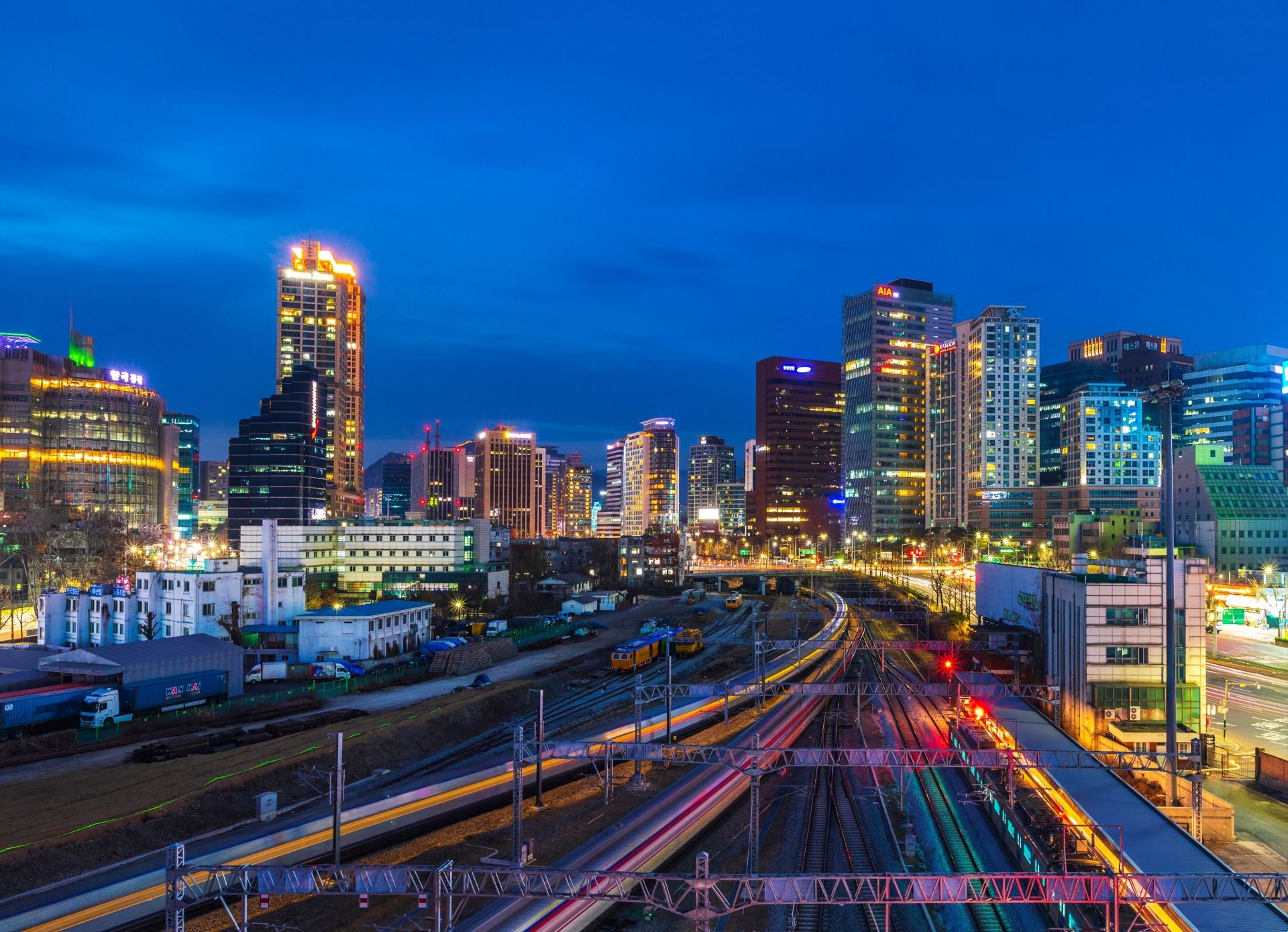The fiscal expansion in the United States in response to the Covid-19 pandemic is like nothing seen outside of wartime. Further large-scale public spending will be needed to rebuild needed infrastructure, tackle climate change, and create jobs. But some prominent economists are warning that government spending on such an extraordinary scale could fuel accelerating price growth and cause inflation expectations to become unanchored.
For more than three decades, expectations of moderate price growth in the US and other advanced economies have been sustained – not least by China’s integration into the global economy. Might China come to the rescue as the Biden administration seeks to open the fiscal floodgates?
There are certainly reasons to be wary of price risks. At the core of Biden’s initiative are infrastructure investments, which require materials such as steel and copper. And, in 2021, commodity prices have soared, triggered by supply-side bottlenecks and the global economic recovery.
These commodity price rises have stoked fear of inflation. The Federal Reserve Bank of Atlanta, for example, warned last month that the US might be headed toward an inflationary episode on par with the years after World War II, when the release of pent-up demand fuelled a 20% surge in prices.
Enter China. Late last month, the country’s government announced that it would strengthen targeted efforts to bring down the prices of iron ore, copper, steel, and other major commodities that had pushed China’s consumer prices to a 12-year high. The government’s initiative to halt the rise in commodity prices is bound to also help contain the prices of a wide range of durable consumer goods that countries like the US import from China. As Keith Bradsher put it, China’s attempt to tame inflation matters for the globe. As Danske Bank chief economist Michael Grahn observed, this puts a “dent” in the “inflation-is-coming narrative”.
In fact, stabilization of prices of strategic commodities has played a major role in enabling China to achieve rapid economic growth without inflation. And yet, it was not always clear that China’s government would take such a hands-on approach to economic management.
As I show in How China Escaped Shock Therapy, during the early years of Deng Xiaoping’s policy of “reform and opening up”, many argued that China should embrace “shock therapy” – kicked off by abrupt and comprehensive price deregulation (in order to reset relative prices) followed by large-scale privatization and total trade liberalization. After all, they noted, West Germany implemented overnight price liberalizations after WWII, to great success. Western free-market economists, such as Milton Friedman, strongly supported this approach.
China took this advice seriously. On two separate occasions in the 1980s, it nearly implemented the first step of shock therapy. In 1988, China came to the brink of a Big Bang, unleashing a short inflationary spurt that helped prepare the ground for the Tiananmen Square uprising in 1989. Ultimately, the Chinese leadership refrained from a sudden price liberalization. It did not want to make the same mistake the US had after WWII.
During WWII the US had reverted to comprehensive price controls after the initial attempts to contain inflation with partial controls failed. After the war, the question was, what to do about prices.
In 1946, 54 economists – including 11 former presidents of the American Economic Association and distinguished figures like Paul Samuelson and Irving Fisher – published an open letter advocating the gradual release of price controls. With “unprecedented” levels of demand, they cautioned, “the supply of raw materials and consumer goods” would be “inadequate to stave off a serious inflation in the next year, unless price control is continued without crippling amendments”. Such controls should be removed only when “supply and demand of any important commodity” are “more in balance at ceiling prices”.
President Harry S. Truman withdrew price controls anyway. And, as the Atlanta Fed’s recent report reminded us, inflation soared, devaluing savings. So, when economists warned in the 1980s that sudden withdrawal of price controls in China would lead to runaway inflation, China’s leaders listened.
The approach they pursued instead emerged from China’s agricultural reforms. Initially, output quotas and prices were left unchanged, but responsibility for production was shifted from communes to households. If households managed to produce more than their designated share, they could sell the excess at market prices.
In the urban economy, China repurposed the existing institutions of the planned economy into market creators and participants in core sectors. This allowed the Chinese state to continue to steer individual sectors, even as it largely relinquished its direct control over the economy in the 1980s and 1990s and engaged in wide-ranging privatizations.
Today, China has largely withdrawn direct price controls. But the government continues to intervene in goods markets when it deems it necessary to stabilize specific prices, mainly through policies that increase supply or by cracking down on hoarding and speculation. A Price Department exists to this day at the National Development and Reform Commission. In the current context, it has assumed renewed relevance.
The Biden administration is working toward a New Deal-type reconstruction, and some rightly advocate a National Investment Authority, modelled after the Reconstruction Finance Corporation established in 1932. But when it comes to the lessons of the past, the price stabilization policies that accompanied war-scale spending have so far received little consideration in the US policy debate. China’s initiative to crack down on the prices that have fuelled inflation fears in the US might help counter hawkish sentiment and prepare the ground for Biden’s public investment push.
Isabella M. Weber is a professor of economics at the University of Massachusetts Amherst.
Copyright: Project Syndicate









